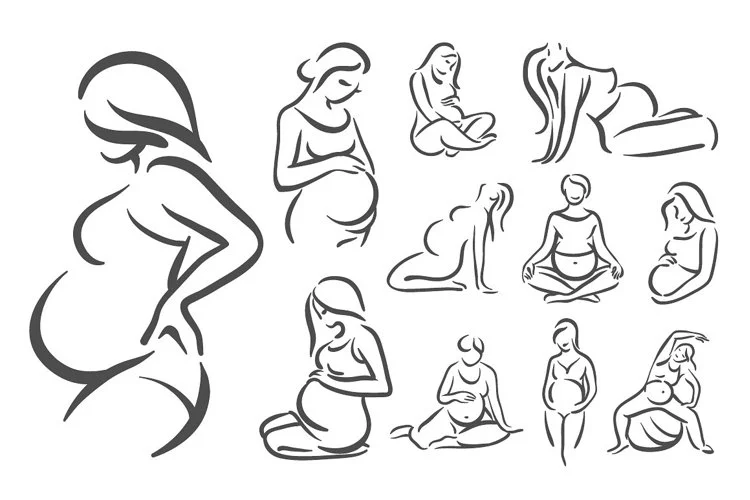As a parent of three teenagers, I have navigated the challenging yet necessary conversations surrounding sexual health. We’ve tackled topics like consent, STDs, teen pregnancy, and even what constitutes heavy petting. I advocate for bodily autonomy and support comprehensive sexual education, believing in the importance of open dialogues about protection and contraception. However, amid all these discussions, I often find myself wishing: “Please, just wait to have sex. It’s not meaningful at your age. Focus on your health and well-being instead.”
Interestingly, my concerns are backed by research from reputable sources, including the Centers for Disease Control and Prevention (CDC). Their recent study highlights that abstinent teens tend to engage in healthier self-care behaviors than their sexually active peers. This groundbreaking research surveyed adolescents in grades 9 to 12, examining not just sexual behavior but a wide array of health-related habits.
The findings indicate that teens who choose to remain celibate report healthier lifestyles in various areas, many of which extend beyond sexual health. Participants were asked about behaviors such as tobacco and alcohol use, dietary habits, and engagement in activities leading to unintentional injuries. Moreover, the study evaluated preventive health measures, including seat belt usage, exercise frequency, and even tanning bed use.
Key Observations from the Research
Two key observations emerged from the research:
- Abstinent teens consistently demonstrate healthier behaviors across numerous health metrics compared to their sexually active counterparts.
- Teens who engage in sexual activity, regardless of sexual orientation, exhibit significantly lower percentages of healthy behaviors than their heterosexual peers.
The disparities in health behaviors between sexually active teens and those who are abstinent are striking. For example:
- Seat Belt Usage: Opposite-sex-active (OSA) teens are 143% more likely to rarely or never wear seat belts compared to virginal peers, while same-sex/bisexual-active (SS/BA) teens are 317% more likely to do so.
- Substance Use: OSA teens are 336% more likely to use marijuana compared to abstinent teens; SS/BA teens show even higher rates.
- Mental Health: OSA teens are 48% more likely to experience prolonged feelings of sadness or helplessness, while SS/BA teens are 181% more likely.
These findings reveal a clear correlation between abstinence and overall health, suggesting that the reasons for waiting to have sex extend beyond preventing pregnancy and STIs. As the rates of teen pregnancy and sexual activity decline, I’m encouraged by the prospect of a generation that prioritizes their health and well-being.
I have shared this study with my teens, emphasizing how abstaining from sex at their age correlates with a greater likelihood of engaging in positive health behaviors. While there’s no conclusive evidence on what drives these patterns, it’s evident that they are interconnected.
For parents seeking to understand the complexities of teenage sexual health and behavior, resources like this excellent guide on the IVF process and insights on fertility boosters can be invaluable. Additionally, if you want to learn more about privacy policies regarding reproductive health, check out this link.
In summary, it is essential to promote healthier choices among teenagers, and research supports the idea that abstinence can lead to better overall health outcomes. Conversations about sex should be informative and supportive, but it’s perfectly okay to hope our teens choose to wait.
